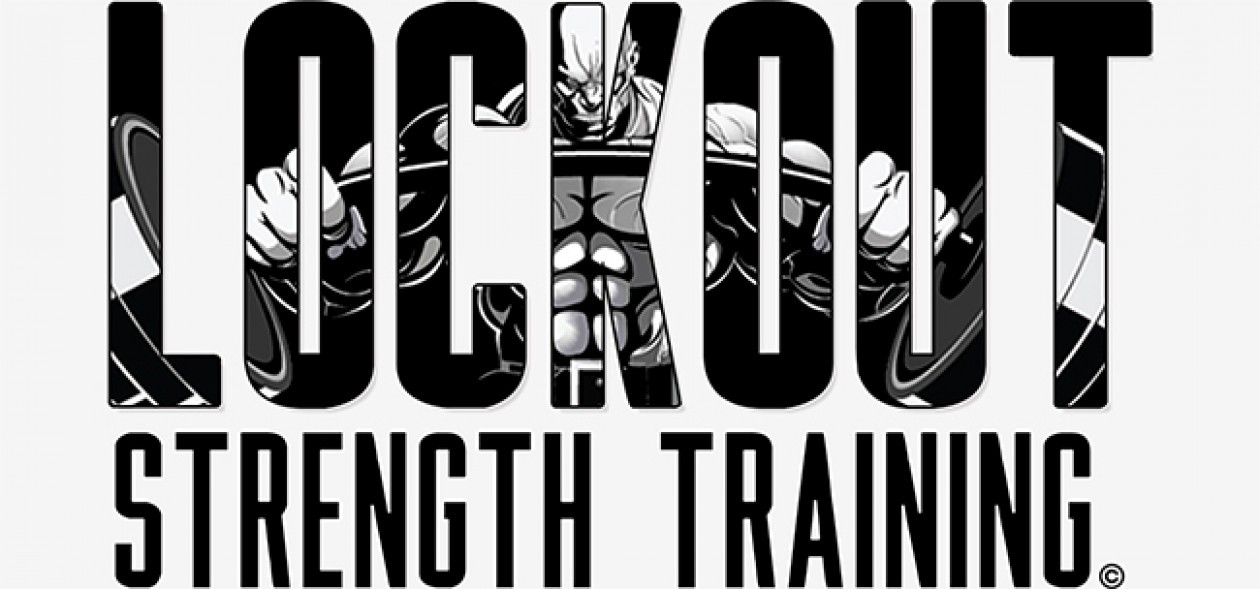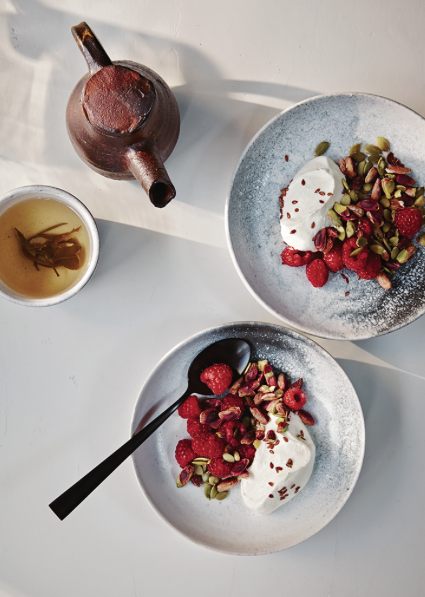During a muscle’s 24 hour growth cycle, there are periods when the muscle is actively involved in producing energy, periods when it is recovering, and periods when it is growing. For the metabolic machinery of the muscle to function at its best during each of these periods, the appropriate amounts and types of nutrients must be consumed at the appropriate times.
Depending on its metabolic needs at any given time, the muscle machinery can be directed to produce and replenish muscle glycogen (the stored form of glucose) or synthesise muscle deliver the right nutrient mixture to the muscles at the right time, you can greatly enhance recovery from exercise and improve muscle growth, strength, and power.
To understand why nutrient timing is such an amazing concept, we must first take a look at sports nutrition of the past 20-30 years.The focus of sports nutrition has been on the types of nutrients that are best for the strength athlete. It was quickly recognised that strength athletes need more protein than is recommended for the average person and that an increased consumption of protein could improve muscle development.
This has led to “bulk nutrition” mentality. If protein is good, then more protein must be better? Unfortunately, you can take in protein of an entire cow, but if your muscles are not receptive at that particular time, the protein will be wasted. In fact, the evidence indicates that very few strength athletes fail to get enough protein to support muscle growth. Then why do so many athletes plateau in their training? The answer lies in when nutrients are consumed, which is what nutrient timing is all about. By consuming the same amount of nutrients, but keying your consumption to the three phases of muscle growth discussed below, you will be able to avoid the plateau effect and gain far more gains in muscle strength and muscle mass.
Three phases of the nutrient timing system:
There are three phases of the nutrient timing system…
The Energy Phase:
The energy phase coincides with your workout. The primary metabolic objective of the muscle during this phase is to release sufficient energy to drive muscle contraction. Most athletes recognise the importance of consuming carbohydrates during exercise both to prevent depletion of muscle glycogen stores, which helps extend endurance, and to maintain blood glucose levels, which helps delay fatigue. Nutrient timing, however, entails more than just consuming carbs during exercise. Research has shown that when you consume carbs with protein, specific amino acids, and vitamins, you will be able to spare muscle glycogen and achieve greater muscular endurance, stump the rise in the catabolic hormone cortisol (thereby reducing muscle damage), and help prepare your muscle enzymes for a faster recovery following your workout.
The Anabolic Phase:
The anabolic phase is a 45 minute window which you may have heard about or maybe passed around in gyms. It follows a workout in which your muscle, in the presence of the right combination of nutrients, initiates the repair of damaged muscle protein and replenishes muscle glycogen stores. Immediately after an exercise session, muscle cells are extremely sensitive to the anabolic effects of the hormone insulin. This sensitivity, however, declines rapidly as shown in the image below, and after several hours, muscle cells even become insulin resistant. Insulin resistance is a condition that dramatically slows muscle glycogen recovery, repair of existing muscle, and synthesis of new muscle.
Carbohydrates during this time period are very important for driving muscle glycogen recovery and muscle tissue repair and synthesis. Protein without carbohydrate is far less efficient during the anabolic phase. Antioxidants such as vitamins C, E and amino acids can speed muscle recovery.

Closing of metabolic window: Without nutrient intervention, the metabolic window begins to close within 45 minutes following exercise (Ivey & Portman, 2004).
The Growth Phase:
The growth phase extends from the end of the anabolic phase to the beginning of the next workout. It is the time when the muscle enzymes are involved in increasing the number of contractile proteins and the size of the muscle fibres, as well as in helping the muscle fully replenish muscle glycogen depleted during the energy phase. During the growth phase, consumption of carbohydrate and protein is essential to maintain optimal muscle growth. The latest studies show that a high intake of protein can be of significant benefit to the strength athlete if protein is consumed at the correct time.





